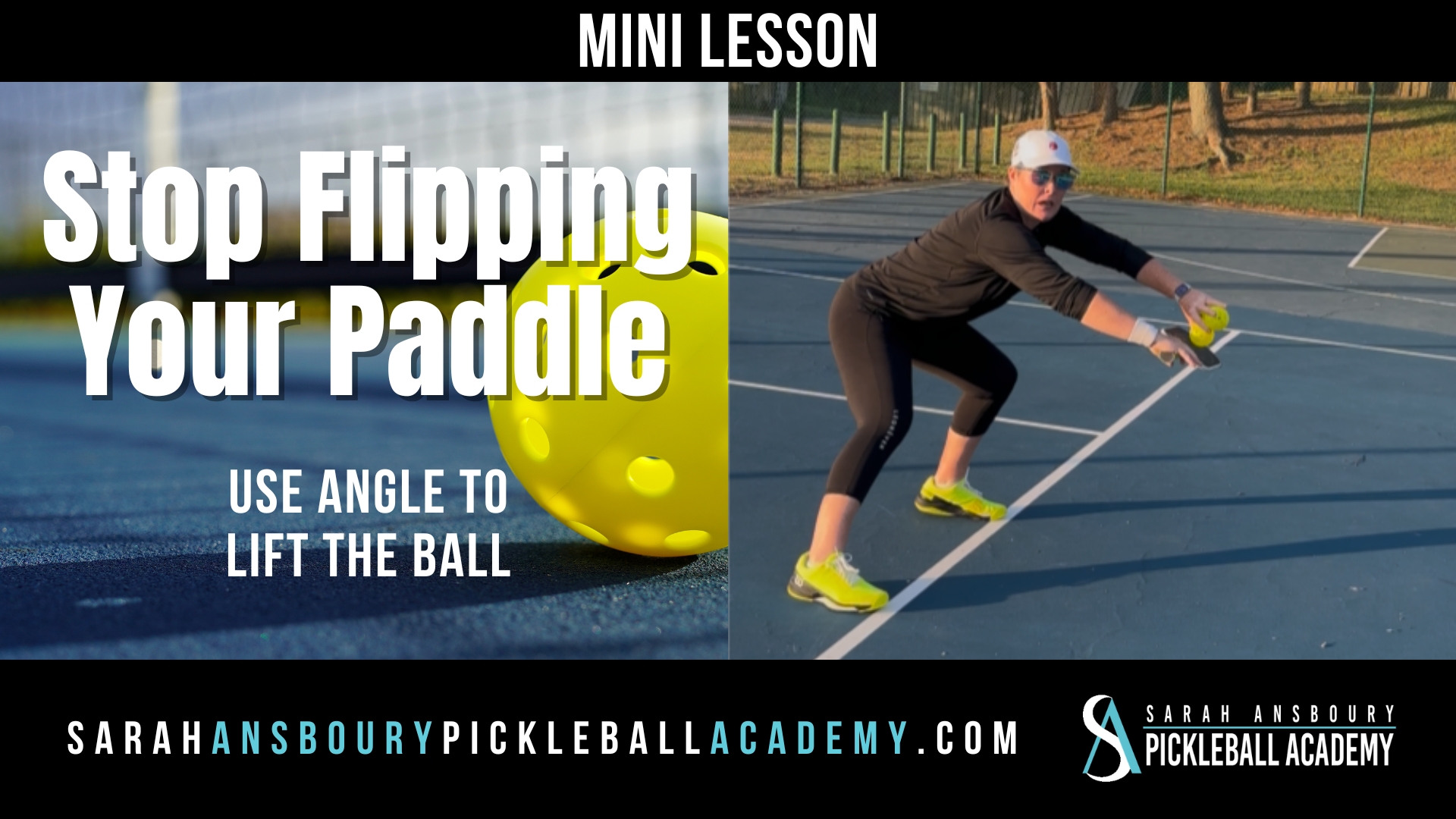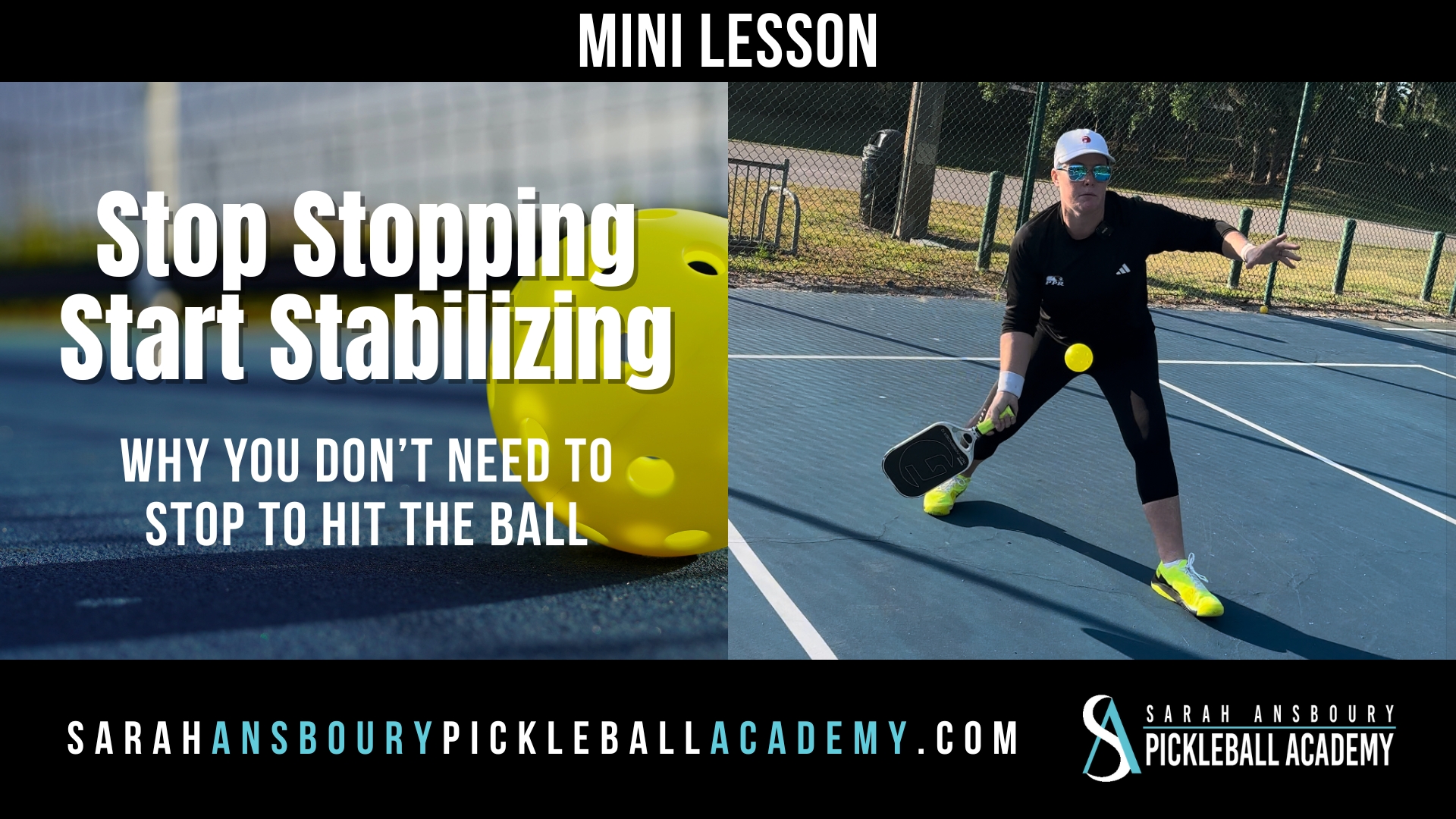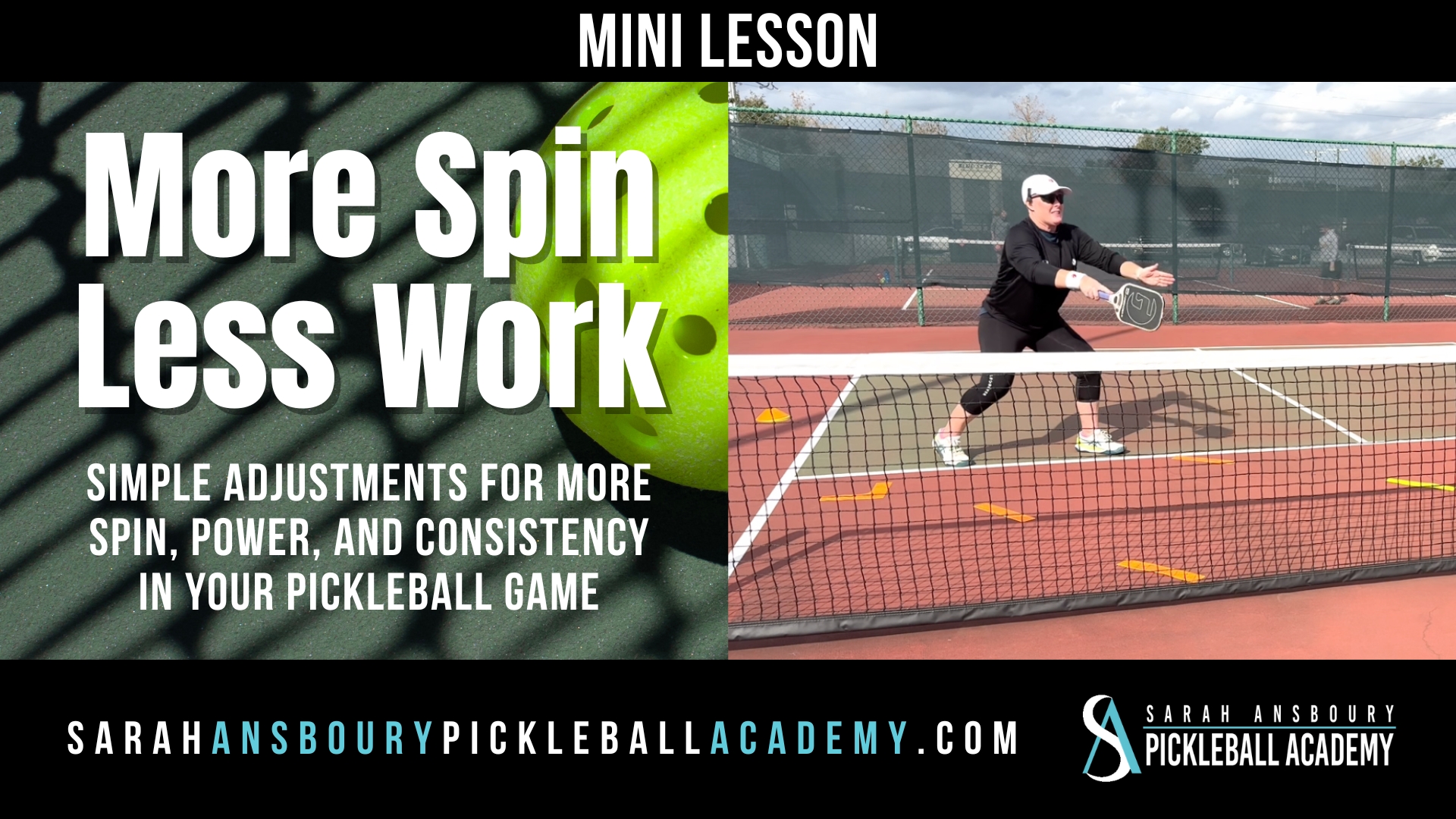First Tournament Tips – Part 2
I have another tip for you if you are getting ready to play in one of your first tournaments, especially if it’s a sanctioned event.
Find Out If There Will Be Referees
Find out if you’re going to have referees for an event. A referee is fantastic, they’re out there calling the score there helping you call foot faults, they are doing all the things that are necessary to make the match flow go accordingly. So, if you do have a referee make sure you know they call the score, they are in charge, and they know the rules.
You also want to remember they are often volunteering their time, so be sure to be kind and thank your referees for volunteering for what they are doing. They are there to help YOU.
I often watch matches that are not refereed and then those same players go into a refereed match and it’s very different, you see people making foot faults and they don’t realize it. As an opponent when you don’t have a referee you can call foot faults, you can also always request the tournament desk for a referee if you are having issues.
Remember a time out is only one minute, I see people taking a five-minute timeout or a long warm up situation and that’s where a referee is great to keep your match play on time and getting things going accordingly. Just make sure you let them lead, they are in charge.
If you have questions it is always OK to ask the referee what you need and to help. If you see a call and you do not agree with it simply ask the referee, Did you see it? And, Yay or Nay? It is OK if they did not, and you just let it go.
Conversely if you are not sure about a call on your own side of the court, you can ask the referee if they saw it. Very often they do see it and they can make the call for you.
I’m going to remind you one more time the most important thing when you have a referee be respectful and thank them for their time.










